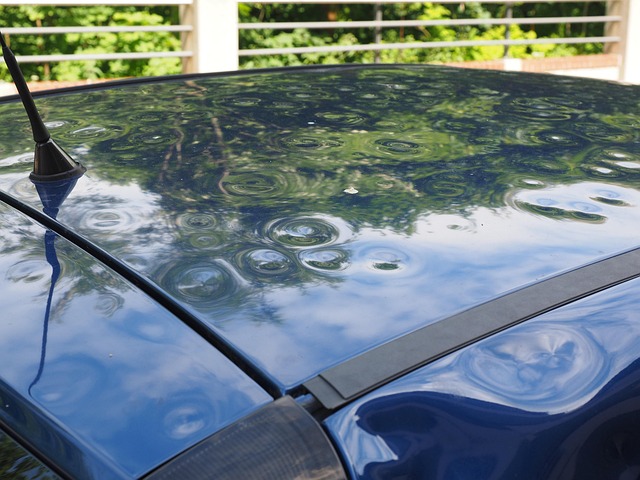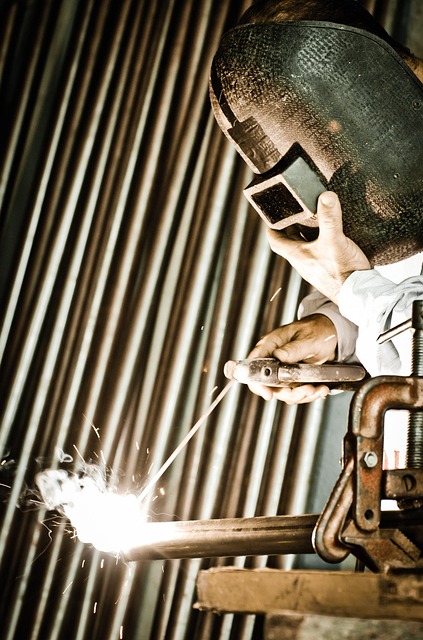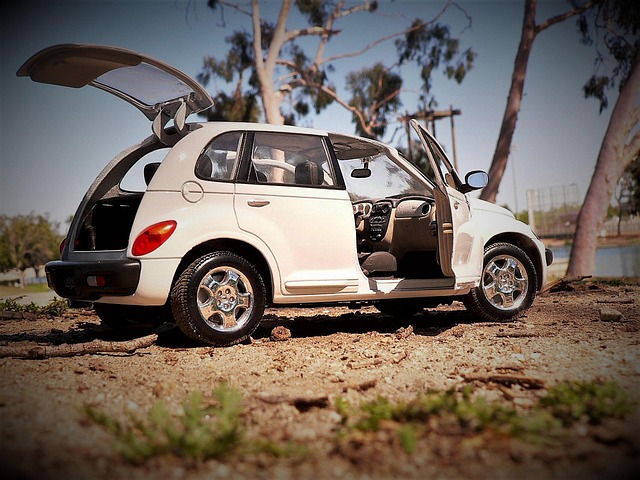Solar-powered body shops are leading the charge towards a greener future by adopting clean energy for operations like painting and drying, reducing their carbon footprint and environmental impact compared to traditional auto repair facilities. This strategic move not only combats climate change but also aligns with consumer demand for sustainability, enhancing shop reputation and attracting eco-conscious clients. Solar power further ensures financial stability against rising energy costs, making these shops competitive in a rapidly evolving industry.
Discover how a forward-thinking body shop is leading the way in sustainable business practices by embracing solar power. This in-depth article explores the journey of a salon’s transition from traditional energy consumption to a sun-kissed future, highlighting the tangible benefits of this green shift. From reduced carbon emissions to potential revenue streams, learn how daily operations are transformed and the shop contributes to a greener planet. Uncover strategies for implementation and the inspiring impact on both business and the environment.
- The Shift to Solar Energy: A Body Shop's Journey
- – Overview of the traditional energy consumption in body shops
- – Transition to solar power: benefits and motivation for a body shop owner
The Shift to Solar Energy: A Body Shop's Journey

In recent years, the transition to renewable energy has gained significant momentum, and the beauty industry is no exception. The shift to solar energy in a traditional auto body repair shop is an inspiring narrative that showcases the potential for sustainability in seemingly conventional businesses. Many solar-powered body shops are now leading the way, demonstrating that reducing emissions and minimizing their environmental impact can go hand in hand with providing quality services, such as car repair services and auto collision center operations.
This journey often begins with a realization—the awareness that traditional energy sources contribute to carbon footprints. By adopting solar power, these body shops not only reduce their reliance on fossil fuels but also set an example for eco-conscious consumers. The switch isn’t merely aesthetic; it’s a practical step towards a greener future, ensuring that everyday operations like painting, drying processes, and powering tools are done with a significantly lower environmental cost.
– Overview of the traditional energy consumption in body shops

In traditional body shops, energy consumption plays a significant role in their daily operations. The process of car collision repair and vehicle repair often involves heavy machinery, heating, cooling systems, and lighting, all of which contribute to a substantial carbon footprint. Auto repair services, on average, rely heavily on non-renewable energy sources, leading to increased emissions and environmental impact. This is particularly evident in bustling metropolitan areas where multiple body shops compete for customers, exacerbating the energy demand and subsequent pollution.
A solar-powered body shop emerges as a game-changer in this landscape. By harnessing the power of the sun, these innovative facilities significantly reduce their reliance on conventional energy grids. Solar panels installed on the roof not only provide clean and sustainable energy but also serve as a visible reminder of the shop’s commitment to environmental stewardship. This eco-friendly approach translates to lower greenhouse gas emissions, making solar-powered body shops a model for sustainability in the auto repair industry.
– Transition to solar power: benefits and motivation for a body shop owner

The decision for a solar-powered body shop isn’t just an environmental choice; it’s a strategic move that offers multiple benefits. By transitioning from conventional energy sources, auto body shop owners can significantly reduce their carbon footprint and play a crucial role in combating climate change. Solar power provides a clean, renewable alternative, enabling the business to operate with reduced emissions and lower operational costs over time. This shift is especially timely given the growing awareness among consumers about sustainable practices, which can enhance the shop’s reputation and attract eco-conscious clients.
Moreover, adopting solar technology can future-proof the business against rising energy prices. Auto body shops, known for their energy-intensive operations, including lighting, heating, and powerful tools, stand to gain from the long-term savings associated with solar panels. This not only contributes to a greener planet but also ensures financial stability and competitiveness in an industry where innovation and adaptability are key, especially when competing against other auto body shops and car repair services.
A solar-powered body shop represents a significant step towards sustainability, demonstrating that even small businesses can make a tangible difference in emission reduction. By harnessing the power of the sun, these establishments not only lower their operational costs but also contribute to a greener environment. The shift from traditional energy sources to solar showcases a commitment to ecological stewardship and sets a precedent for other industry leaders to follow, paving the way for a more sustainable future.













